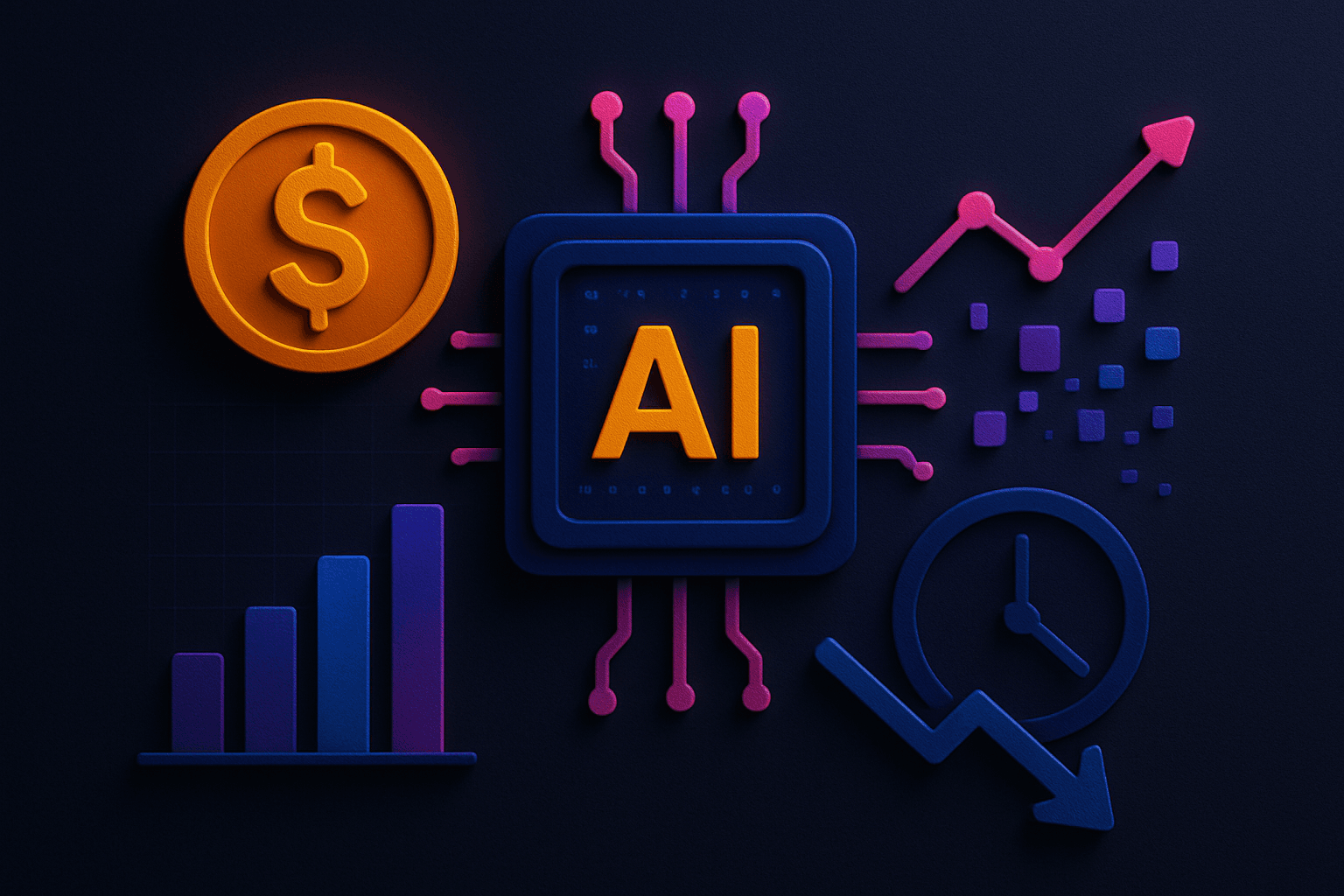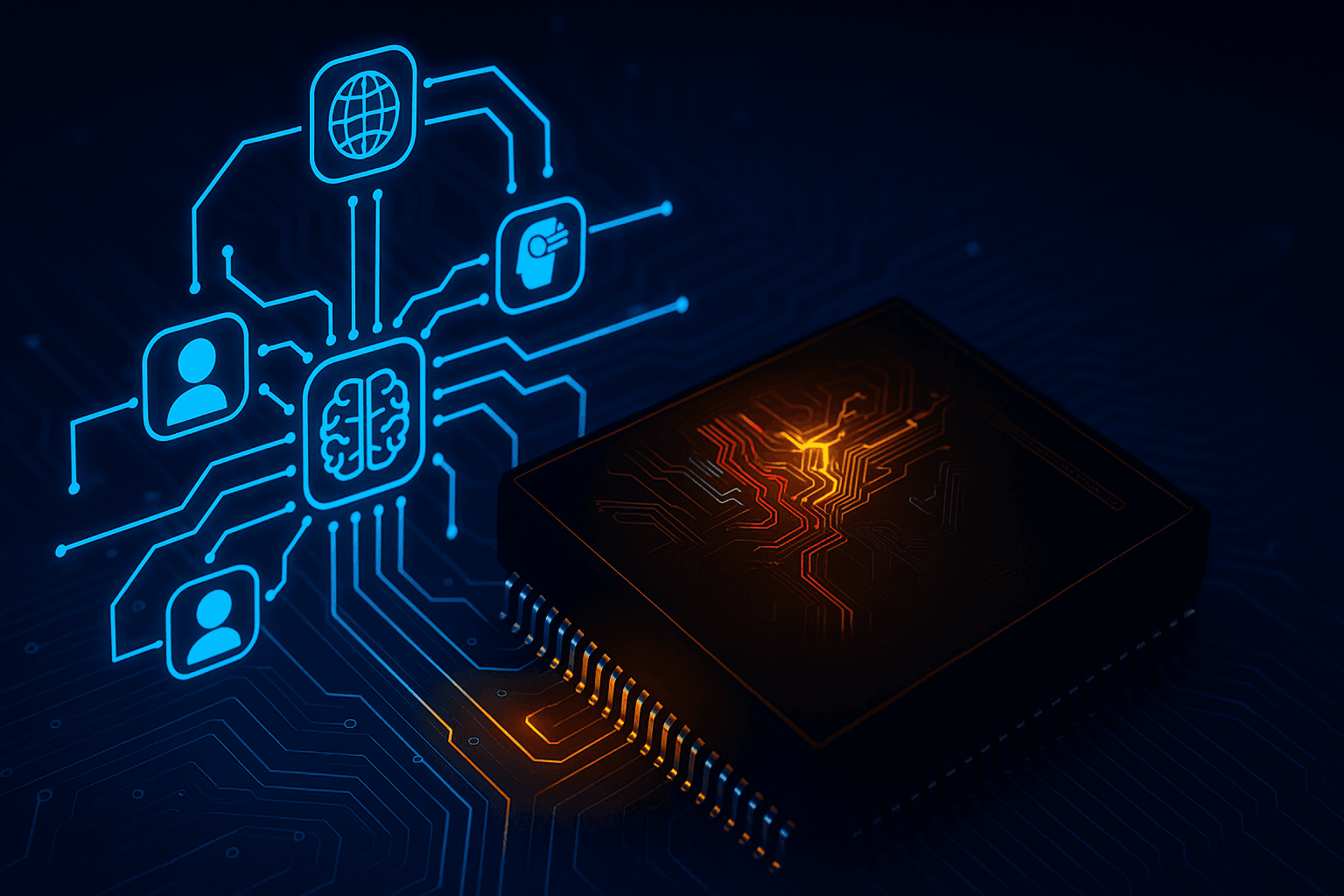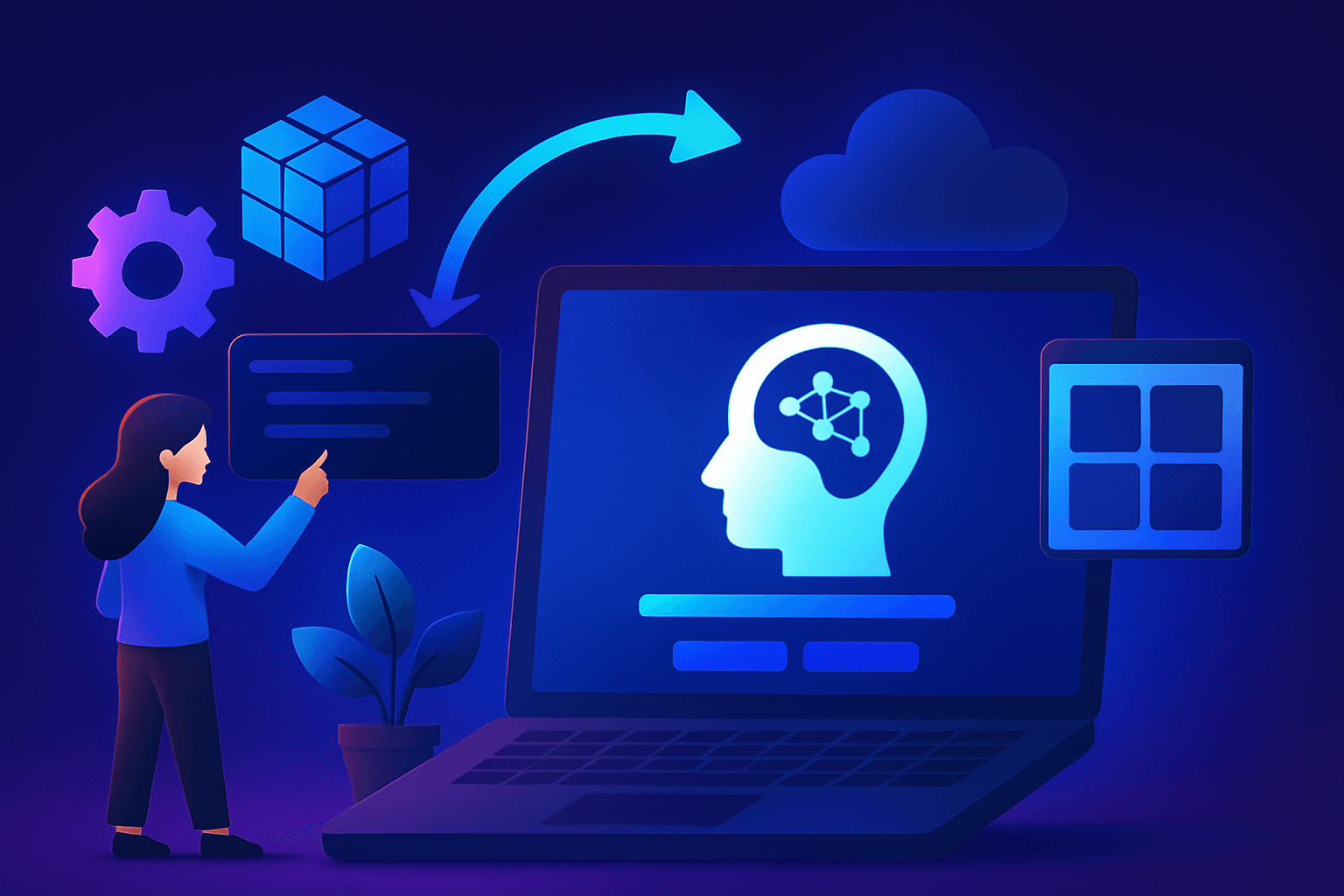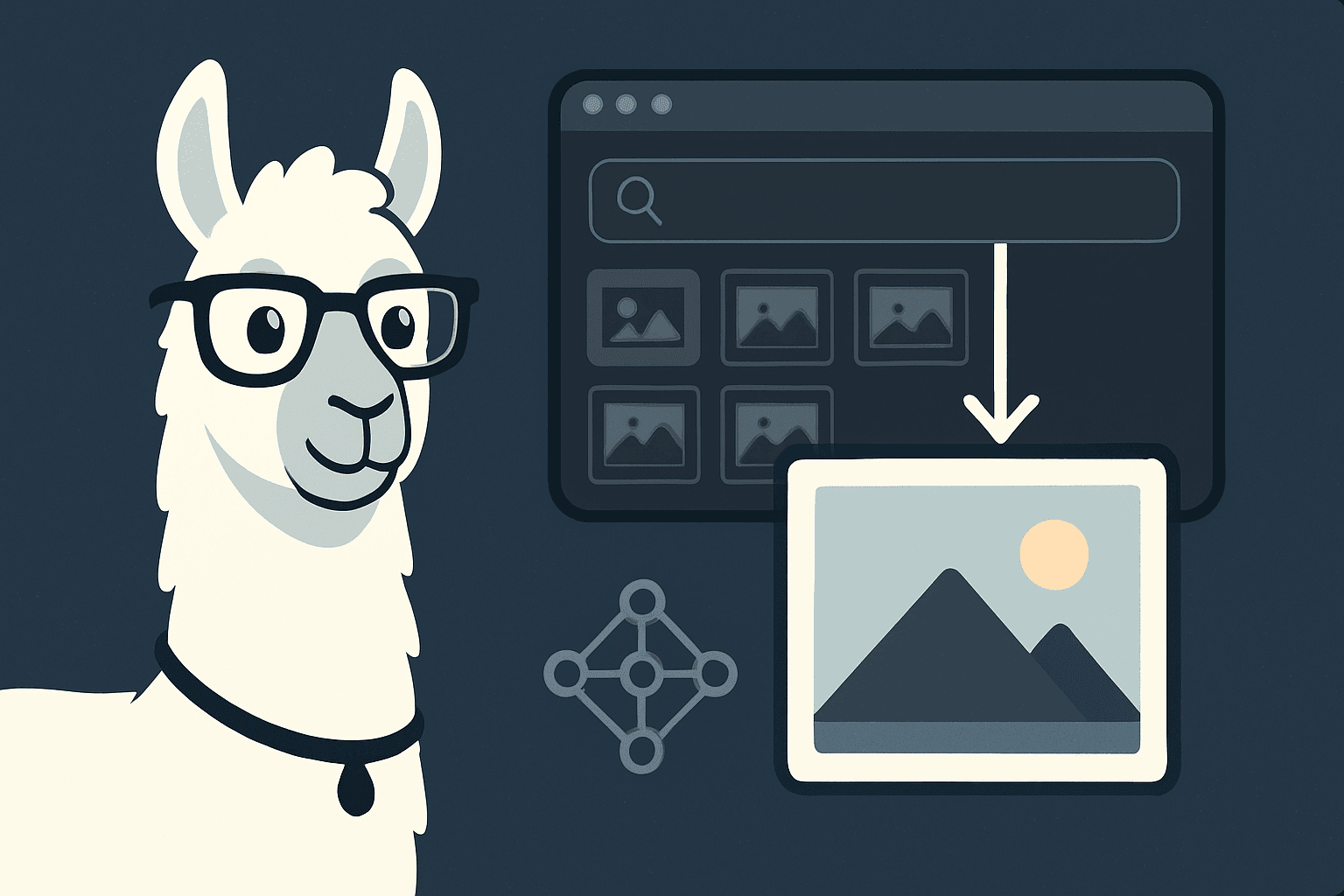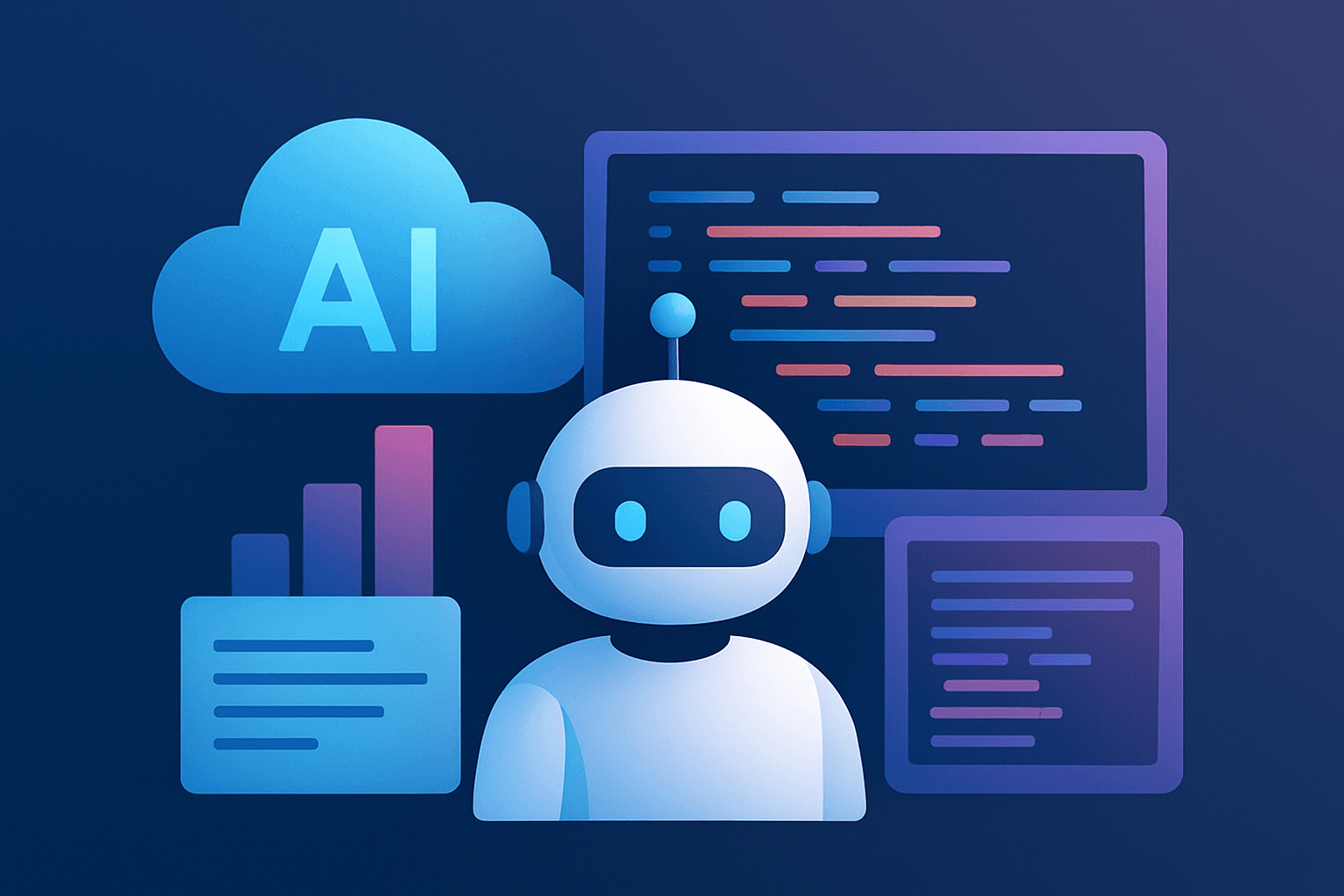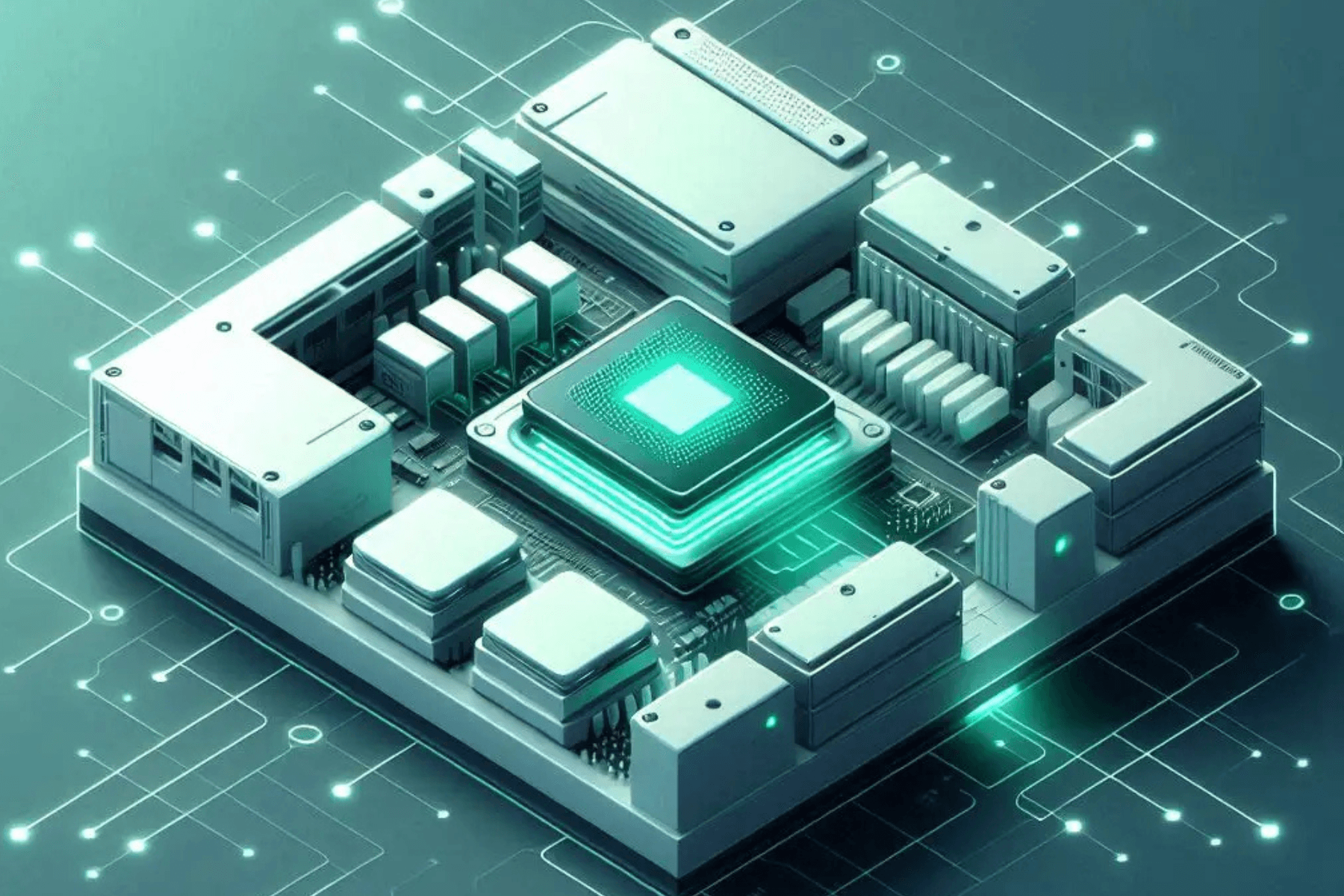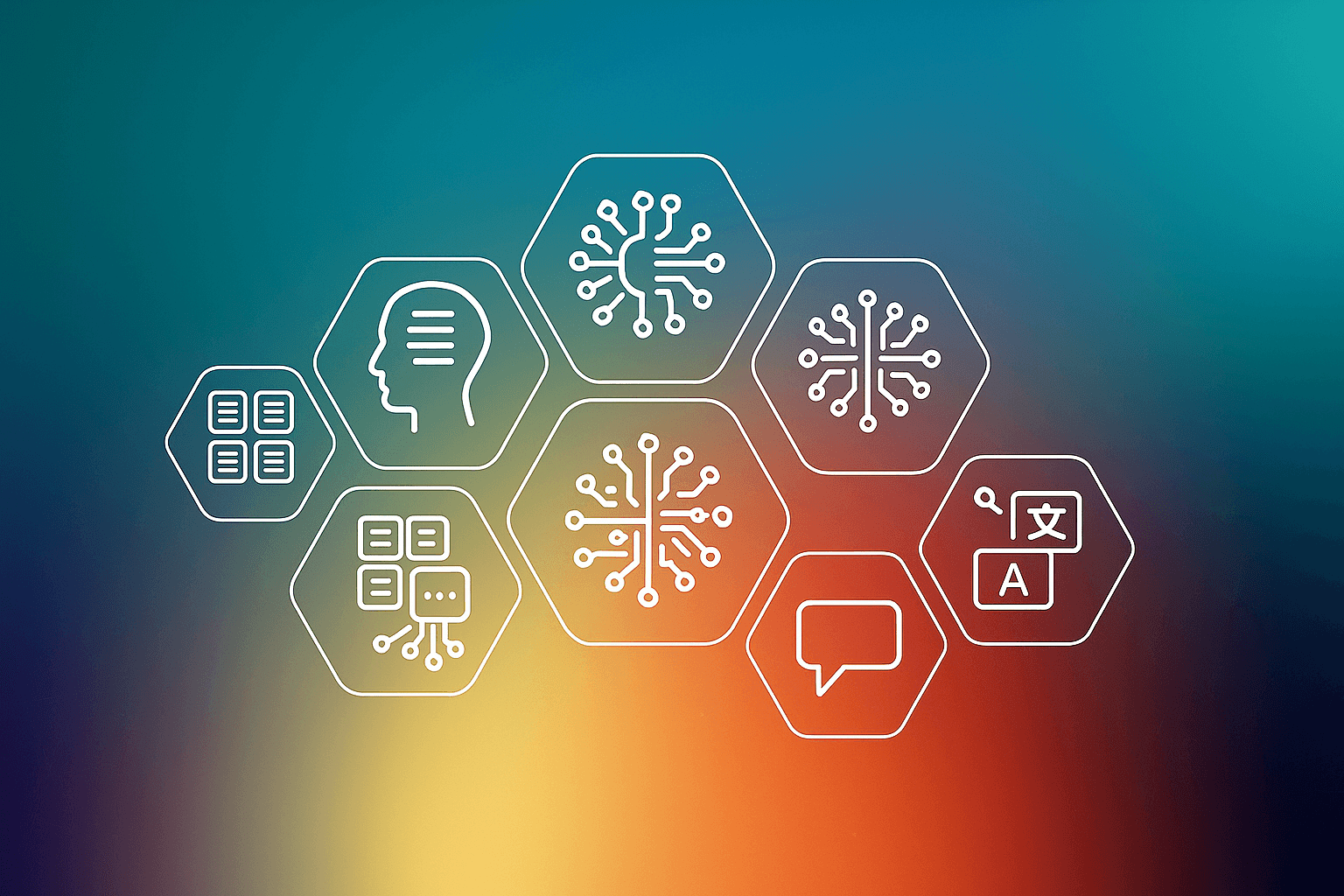Introduction
In the rapidly evolving world of Natural Language Processing (NLP), the role of large Transformer-based models like GPT-3 and BERT is undeniable. While these models are exceptionally capable, their training involves enormous computational resources, both in terms of time and hardware. Considering that the energy consumption of data centers is on track to account for a significant fraction of global electricity use, the importance of efficient training can hardly be overstated.
Moreover, efficient training is not merely a sustainability issue. It has direct implications on innovation as well. Faster and cheaper model training allows for more iterative experimentation, opening the door for small teams and individual researchers to contribute to the field without the backing of substantial computational resources. In a space as competitive as NLP, a lag in training time can mean the difference between leading the industry and playing catch-up.
The focus of this blog is to discuss the techniques that aim to make the training of large language models more efficient. Each strategy is aimed at reducing computational costs, speeding up training time, or improving model performance without requiring additional resources.
Importance of Efficient Training
Training large language models is an operationally expensive endeavor, not just in terms of monetary costs but also in computational requirements. The scale of these models has been increasing exponentially, with some of the largest ones hosting billions, or even trillions, of parameters. Training such models requires sophisticated hardware, often involving multiple GPUs working in concert for days or even weeks. Consequently, this results in a high computational overhead that can be a significant barrier for smaller organizations and individual researchers who might not have access to such computational firepower.
Financial Costs
Beyond the computational aspect, the financial burden of training large language models is staggering. High-performance GPUs are not cheap, and neither is the electricity needed to power them [1]. Then there are additional costs like cooling systems and maintenance, which can add up quickly. As a result, the financial barrier to entry in the field of NLP and machine learning is elevated, potentially stifling innovation and making it a playground for only those with significant resources.
Sustainability and Carbon Footprint
The energy consumption required to train these models is not trivial, and it has a direct impact on the environment. Data centers worldwide are estimated to account for between 240 and 340 terawatt-hours of electricity annually, roughly on par with the energy consumption of some countries [2]. A significant chunk of this goes into machine learning computations. According to Hao [3], training a single large language model can emit as much carbon dioxide as five cars would in their entire lifetimes. As concerns about climate change intensify, there's an urgent need to make the process more sustainable.
Given these challenges, efficient training methods are more than a luxury; they are a necessity. They enable quicker iterations, lower costs, and more equitable access to machine learning resources. Most importantly, they have the potential to significantly reduce the carbon footprint of machine learning operations, aligning the field with broader sustainability goals.
Model Initialization Techniques
One critical but often overlooked aspect is the initialization of model weights. Proper initialization can make a significant difference in both the speed of convergence and the stability of the model during training. Improper weight initialization can lead to issues like slow convergence, numerical instability, or even failure of the model to train altogether. The above techniques aim to solve these problems, making your model not only train faster but also become more stable during the process. They are indispensable tools in the quest for more efficient and eco-friendly machine learning models. Some of the advanced initialization techniques promise quicker and more reliable training cycles.
Fixup Initialization
Fixup Initialization tackles the problem of gradient explosion or vanishing in very deep networks. By scaling the weights in residual connections appropriately, Fixup enables the training of deep networks without normalization layers. This reduction in computational layers often speeds up the training process while maintaining or even improving model accuracy [4].
ReZero
ReZero takes a novel approach by initializing the weights of skip connections to zero. This seemingly counterintuitive method surprisingly enables faster convergence. By starting with zero weights, ReZero ensures that the addition of new layers initially has a small impact, making it easier for the optimizer to fine-tune the model [5].
SkipInit
SkipInit aims to generalize various kinds of initialization methods specifically for deep residual networks. It provides a unified framework for weight initialization that can be adapted to different architectures, facilitating easier experimentation and potentially faster convergence [6].
T-Fixup
T-Fixup is an extension of Fixup Initialization designed specifically for Transformer models. By analytically deriving the optimal initialization strategy for the Transformer architecture, T-Fixup enables the training of these models without layer normalization, resulting in a simpler and more efficient training process [7].
ConViT (Convolutional Vision Transformer)
Although primarily designed for vision tasks, ConViT's initialization strategy can be applied to language models as well. It blends the initialization techniques of convolutional networks with Transformers, offering the best of both worlds. The result is a model that benefits from the spatial awareness of convolutions and the contextual understanding of Transformers, offering a fast and stable training cycle [8].
Optimizers
Optimization algorithms, colloquially known as optimizers, play a pivotal role in the training of deep learning models. They determine how quickly and accurately a model can find the optimal values for its parameters. While vanilla algorithms like SGD (Stochastic Gradient Descent) have been widely adopted, advanced optimizers offer mechanisms that can significantly speed up the training process. In this section, we will examine some of the most effective optimizers that have proven to be game changers in efficient training.
Choosing the right optimizer can be the difference between models that take days to train and those that take just hours. Advanced optimizers often come with mechanisms that intelligently adapt learning rates, consider the curvature of the loss landscape, or even optimize for better generalization. While they may introduce additional computational steps, the benefits in terms of reduced training time and improved model performance are often substantial.
Nesterov's Accelerated Gradient (NAG)
Nesterov's Accelerated Gradient is an optimization algorithm designed to accelerate the convergence of gradient-based methods. The key insight behind NAG is the use of 'look-ahead' gradients, which helps the model make better parameter updates. By being less sensitive to oscillations, NAG often converges faster and reaches better optima compared to traditional SGD, particularly in complex landscapes [9].
AdamW
AdamW is an improvement over the popular Adam optimizer. While Adam is known for its adaptive learning rates, AdamW corrects some inherent issues by decoupling the weight decay from the adaptive learning rates. This results in more consistent and faster convergence, especially in tasks that are sensitive to the regularization effects of weight decay [10].
SAM (Sharpness-Aware Minimization)
SAM takes a unique approach by focusing on the sharpness of the loss landscape. Traditional optimizers aim for parameters that minimize loss, but this could lead to 'sharp minima,' which generalize poorly. SAM aims for 'flat minima,' thereby leading to models that generalize better. While it involves a two-step update, the advantages often outweigh the extra computational cost [11].
Sparse Training
In the machine learning field, especially when dealing with large language models, computational resources are often the limiting factor. Every connection and neuron in a neural network contributes to the computational load, and with large models, this can quickly become unsustainable. Enter sparse training techniques like the Lottery Ticket Hypothesis and Dynamic Sparsity, which provide us with a path to more efficient training paradigms.
The Lottery Ticket Hypothesis
One fascinating approach to sparse training is the Lottery Ticket Hypothesis. This method suggests that within a randomly initialized neural network, there exists a lottery ticket or a sub-network that, when trained, can reach performance levels comparable to the full network. This can drastically cut down on unnecessary computations.
In practice, the Lottery Ticket Hypothesis requires you to initially train the network and then prune the least important weights. The pruned network is then re-initialized to its initial state and retrained. The result? A model that performs just as well as its denser counterpart but requires fewer resources to train.
Dynamic Sparsity: Adapting on the Fly
Contrastingly, Dynamic Sparsity continually refines the network during the training process. It adaptively prunes and adds connections based on their importance, ascertained by a range of metrics like gradient magnitude. Unlike the Lottery Ticket Hypothesis, which is generally a one-off operation, Dynamic Sparsity evolves with the model, enabling it to adapt to the specific characteristics of the data it encounters.
Computational Advantages of Sparse Training
- Fewer Operations: A sparse model inherently demands fewer floating-point operations (FLOPs), which directly translates to quicker training times.
- Memory Savings: By eliminating less critical connections, sparse models are also more memory-efficient. This allows you to deploy them on hardware with limited resources without sacrificing performance.
- Energy Efficiency: Reducing computational demands doesn't just save time and money; it's also a step towards more sustainable machine learning, helping to lower the carbon footprint of these operations.
By focusing computational power only where it's needed most, these techniques bring us closer to a future where machine learning can be both powerful and efficient.
Overparameterization
At first glance, overparameterization appears to contradict the goal of computational efficiency. However, this method has its merits, especially when one considers techniques like DistilBert and TinyLLaMA, which effectively leverage the advantages of overparameterization followed by model compression.
DistilBert: A smaller, faster, and cheaper variant of the BERT model, DistilBert retains most of the original model's performance while being 40% smaller. The model is trained to mimic the behavior of its larger counterpart, capturing generalizable knowledge with fewer parameters.
TinyLLaMA: Similar to DistilBert, TinyLLaMA aims at training extremely large models with efficient architectures. After training, it undergoes a rigorous model compression phase, significantly reducing its size while maintaining performance.
Advantages of Overparameterization
- Easier Training: Overparameterized models are generally easier to train, with smoother loss landscapes, making them more stable and quicker to converge.
- Enhanced Generalization: These models capture better feature representations, improving their generalization capability to unseen data.
- Noise Resilience: Overparameterized models are more robust to noisy data, enhancing the model's performance in real-world scenarios.
Model Compression
After training, overparameterized models undergo a compression phase. Techniques like pruning, quantization, and knowledge distillation are used to trim down the model to a more manageable size.
- Memory Efficiency: The resulting compressed models are easier to deploy on edge devices, which often have stringent memory constraints.
- Speed: Smaller models translate to faster inference times, ideal for applications requiring real-time responses.
- Energy Savings: Reduced model size and computational needs also mean less power consumption, contributing to sustainability goals.
Overparameterization, when followed by strategic model compression, offers an intriguing approach to the development of highly efficient and effective machine learning models. DistilBert and TinyLLaMA serve as stellar examples the power of large neural architectures can harness, and then tailor them to fit the strictest of computational budgets.
Large Batch Training
One of the most straightforward ways to speed up the training process is by employing large batch sizes. While it might seem like a simple tweak, the implications for computational efficiency are profound.
Training a model involves iterating over mini-batches of data to compute gradients and update model parameters. Larger batches provide a more accurate approximation of the gradient over the entire dataset, thus often requiring fewer epochs to converge to a minimum.
Advantages of Large Batch Training
- Hardware Utilization: Larger batches make better use of the parallel processing capabilities of modern GPUs, reducing the idle time and boosting overall hardware efficiency.
- Reduced Epochs: Because each epoch processes more data, the model can achieve similar performance but with fewer epochs, resulting in faster training times.
- Memory Coalescing: Larger contiguous blocks of data can be more efficiently handled by hardware, taking advantage of memory hierarchies in GPUs for faster data retrieval and computation.
Incremental Learning
Incremental learning techniques like progressive stacking and layer dropping are increasingly recognized for their ability to make the optimization process more tractable, especially for complex models.
- Progressive Stacking: This involves training simpler models first and then progressively adding complexity (e.g., more layers or units) to the architecture. It's akin to learning to walk before you run, making the optimization landscape easier to navigate.
- Layer Dropping: Conversely, layer dropping starts with a complex model and simplifies it during the training process. Layers that contribute less to the final performance are 'dropped,' making the model easier to optimize.
Benefits of Incremental Learning
- Stable Training: These techniques often result in more stable training dynamics, reducing the likelihood of encountering issues like vanishing or exploding gradients.
- Faster Convergence: By easing the model into the complexity of the task, these methods often result in faster convergence to a good solution.
- Resource Efficiency: Incremental learning can be more memory-efficient, as simpler models require fewer computational resources.
Both large batch training and incremental learning provide unique pathways to more efficient model training. While the former exploits hardware capabilities to their fullest, the latter offers smarter optimization strategies that ease the computational burden. Either way, adopting these approaches puts you on the fast track to achieving excellent model performance with fewer resources.
Importance Sampling
Convergence acceleration is a critical aspect of training machine learning models efficiently. Importance sampling, particularly using gradient norms as a criterion, plays a crucial role in this regard.
Gradient Norms
Traditionally, stochastic gradient descent (SGD) methods sample training data uniformly. However, some samples contribute more than others towards convergence. By computing gradient norms, we can gauge the 'importance' of each training sample. The samples with larger gradient norms are those that the model gets 'most wrong' and, thus, are the most informative.
Importance sampling involves choosing a non-uniform sampling distribution where more informative samples have higher probabilities. By focusing on these important examples, the variance of the stochastic gradient is reduced, accelerating the convergence of the optimization process.
Advantages
- Speed: Faster convergence implies fewer epochs, saving both time and computational resources.
- Quality: Sampling informative examples can lead to better generalization performance.
Parallelism
Training massive language models demands resources beyond the scope of a single machine or even a single GPU. This is where parallelism comes into play.
Types of Parallelism
- Data Parallelism: Distributes the data across different processors and computes model updates in parallel.
- Model Parallelism: Splits the model architecture across multiple devices, enabling the training of models too large to fit in the memory of a single device.
- Tensor Parallelism: Breaks down the model's tensors into smaller chunks and distributes them across devices.
- Pipeline Parallelism: Divides the layers of the network across different devices and passes mini-batches through them in a pipeline fashion.
Benefits of Parallelism
- Scale: Enables training of models that would be otherwise untrainable due to hardware constraints.
- Speed: Utilizing multiple devices in parallel substantially reduces training time.
- Efficiency: Allows for better utilization of computational resources, be it CPUs or GPUs.
Parallelism provides the architectural backbone needed to train large models efficiently, providing avenues to overcome both hardware limitations and computational bottlenecks.
Advanced Techniques for Efficient Model Training
While basic methods for optimizing the training of large language models have been covered, there are more advanced techniques that can push the boundaries of efficiency and performance. In this section, we'll explore some of these methods, including Quantized Training, Rematerialization, Offloading, and Parameter Efficient Tuning.
Quantized Training (QAT)
Quantized training involves representing the model's parameters and calculations in a lower numerical precision, usually int8 or float16, as opposed to the standard float32. This leads to multiple advantages:
- Memory Savings: Reduced precision means lower memory requirements, allowing for larger models or batch sizes.
- Speed: Lower-precision calculations are faster, resulting in a quicker training cycle.
- Efficiency: Quantization-aware training ensures that the model maintains high performance even when quantized.
Rematerialization
Rematerialization, commonly known as gradient checkpointing, involves recomputing intermediate activations during the backward pass instead of storing them during the forward pass.
- Memory-Efficient: By recomputing instead of storing, this method significantly reduces the memory footprint, allowing for more extensive models.
- Trade-Offs: The cost is the additional computation time, which needs to be carefully managed.
Offloading with DeepSpeed
DeepSpeed is an open-source library that offers a range of optimization techniques, one of which is offloading.
- CPU/GPU Interplay: Offloading allows model parameters or optimizer states to be stored in CPU memory when they are not needed on the GPU, freeing up valuable GPU memory.
- Scalability: This enables the training of extremely large models that wouldn't fit entirely on a GPU.
Parameter Efficient Tuning (Adapter, LoRA)
Parameter Efficient Tuning involves techniques like Adapter layers or Layer-wise Recalibration (LoRA), which aim to fine-tune a pre-trained model using only a subset of trainable parameters.
- Quick Adaptation: Adapter layers insert trainable modules that allow for quick task adaptation without altering the pre-trained parameters.
- Resource Efficiency: With fewer parameters to train, this method accelerates the training process and is more memory-efficient.
By integrating these advanced techniques into the training pipeline, the efficiency and scalability of large language models can be increased substantially. These methods are not mutually exclusive and can often be combined to achieve unparalleled performance.
Hardware-Aware Techniques
When training large language models, the hardware can often be a limiting factor. Tailoring your techniques to be hardware-aware can offer significant advantages in efficiency and performance. In this section, we'll explore Sparse Matrix Multiplication, hardware-aware low precision, and Efficient Attention mechanisms.
Sparse Matrix Multiplication
Sparse matrix multiplication is a computational optimization that leverages the sparsity within attention matrices to perform fewer calculations.
- cuSparse: NVIDIA's cuSparse library is a GPU-accelerated library for sparse matrix operations that can be harnessed to speed up Sparse Attention.
- Computational Savings: By only computing non-zero elements, sparse operations can dramatically reduce computational load without significantly compromising on model quality.
Hardware-Aware Low Precision (FP-16)
Floating-point 16 (FP-16) is a numerical representation that uses half the bits of the standard single-precision format (FP-32).
- Faster Calculations: Many modern GPUs have hardware-level support for FP-16 arithmetic, which can significantly speed up training.
- Memory Reduction: FP-16 reduces the memory footprint of the model, allowing for larger models or batch sizes.
Efficient Attention Mechanisms
Several attention mechanisms have been designed to reduce the computational or memory complexity of the original attention algorithms.
- FastAttention: Utilizes kernel approximations to compute attention, dramatically reducing computational complexity.
- Multiple Kernel Queues (MKQ): Enables the use of different kernels for different parts of the attention computation, providing a trade-off between performance and accuracy.
Conclusion
Efficiency in training large language models is not a luxury; it's a necessity. From the initial stage of model initialization, such as employing Fixup and T-Fixup, to using advanced optimizers like AdamW and SAM, every step has its role in shaving off computational time and cost. Techniques like sparse training and overparameterization serve dual purposes—reducing computational burden and improving model performance. Large batch training and incremental learning have shown promise in utilizing hardware to its fullest while streamlining the optimization process. Importance sampling and parallelism aren't just buzzwords; they are practical approaches that directly impact the speed and feasibility of training large models. Hardware-aware techniques like low-precision arithmetic and sparse matrix multiplication show that even the hardware can be optimized for better performance.
Future Directions
As hardware continues to evolve and research progresses, we can anticipate new methods for further efficiency gains. Some future directions might include:
- Automated Efficiency Tuning: With the emergence of AutoML, automatically finding the most efficient training techniques tailored to specific hardware is a likely development.
- Unified Frameworks: Future work could focus on integrating these methods into a single, scalable framework that automatically chooses the most efficient techniques based on the given constraints.
Efficiency is a rapidly evolving field. With the continued focus on sustainability and reducing carbon footprint, along with cutting financial costs, new techniques and methods will inevitably emerge. These could range from new initialization methods and optimizers to novel forms of sparsity and parameter efficiency. A unified framework that can incorporate these multiple efficiency dimensions will likely be the next big leap, automating what is currently a manual and expertise-driven process.
References
[1] E. Strubell, A. Ganesh, and A. McCallum, 'Energy and Policy Considerations for Deep Learning in NLP,' Jun. 2019, [Online]. Available: http://arxiv.org/abs/1906.02243.
[2] IEA, 'Data Centres and Data Transmission Networks,' IEA, 2023. https://www.iea.org/energy-system/buildings/data-centres-and-data-transmission-networks.
[3] K. Hao, 'Training a Single AI Model Can Emit As Much Carbon As Five Cars in Their Lifetimes,' MIT Technology Review, 2019. https://www.technologyreview.com/2019/06/06/239031/training-a-single-ai-model-can-emit-as-much-carbon-as-five-cars-in-their-lifetimes/.
[4] H. Zhang, Y. N. Dauphin, and T. Ma, 'Fixup Initialization: Residual Learning Without Normalization,' Jan. 2019, [Online]. Available: http://arxiv.org/abs/1901.09321.
[5] T. Bachlechner, B. P. Majumder, H. H. Mao, G. W. Cottrell, and J. McAuley, 'ReZero Is All You Need: Fast Convergence at Large Depth,' Mar. 2020, [Online]. Available: http://arxiv.org/abs/2003.04887.
[6] S. De and S. L. Smith, 'Batch Normalization Biases Residual Blocks Towards the Identity Function in Deep Networks,' Feb. 2020, [Online]. Available: http://arxiv.org/abs/2002.10444.
[7] X. S. Huang, F. Perez, J. Ba, and M. Volkovs, 'Improving Transformer Optimization Through Better Initialization,' in Proceedings of the 37th International Conference on Machine Learning, 2020, pp. 4475–4483, [Online]. Available: https://proceedings.mlr.press/v119/huang20f.html.
[8] S. d’Ascoli, H. Touvron, M. Leavitt, A. Morcos, G. Biroli, and L. Sagun, 'ConViT: Improving Vision Transformers with Soft Convolutional Inductive Biases,' Mar. 2021, doi: 10.1088/1742-5468/ac9830.
[9] P. Shukla, 'Nesterov Accelerated Gradient (NAG) Optimizer in Deep Learning,' Python Kitchen, 2022. https://www.pythonkitchen.com/nesterov-accelerated-gradient-nag-optimizer-in-deep-learning/.
[10] Pytorch, 'ADAMW,' Pytorch, 2023. https://pytorch.org/docs/stable/generated/torch.optim.AdamW.html.
[11] P. Foret, A. Kleiner, H. Mobahi, and B. Neyshabur, 'Sharpness-Aware Minimization for Efficiently Improving Generalization,' Oct. 2020, [Online]. Available: http://arxiv.org/abs/2010.01412.
